What is a Reading Journal?
Have you ever considered starting a reading journal but weren't quite sure where to begin? A reading journal is a valuable tool for tracking your thoughts, reflections, and favorite quotes from the books you read. This journal can be a powerful way to deepen your understanding of the material and enhance your overall reading experience.
By recording your thoughts, reactions, and insights using this reading journal, you can deepen your understanding of the material and engage with books on a more meaningful level. So, you should download our free journal today, start to use it, and unlock a world of possibilities!
 Reading Response Journal Rubric
Reading Response Journal Rubric

 Reading Journal Response Prompts
Reading Journal Response Prompts

 Worksheets Reading Response Journal
Worksheets Reading Response Journal

 Printable Reading Journal
Printable Reading Journal

 Printable Double Entry Reading Journals
Printable Double Entry Reading Journals

 Reading Goals Journal Printables
Reading Goals Journal Printables

 Annual Reading Summary Journal Printables
Annual Reading Summary Journal Printables

 Reading Journal Printables for Students
Reading Journal Printables for Students

 Bullet Journal Reading Tracker Printables
Bullet Journal Reading Tracker Printables

 Kids Reading Journal Printables
Kids Reading Journal Printables

What Should You Include in Each Reading Journal Entry?
- Title and Author: Always start your entry by noting the title and author of the book you are reading. This helps you keep track of the books you've read and makes it easier to reference them later.
- Date and Time: Jot down when you read, both the date and time, to spot patterns in your reading routine and find the best times to read.
- Summary of the Plot: Write a brief summary of the plot or main ideas discussed in the reading material. This will help you recall the key points of the book later on.
- Personal Reflections: Share your thoughts, feelings, and reactions to the material. Did you enjoy the book? Did it resonate with you on a personal level? How did it make you feel?
- Favorite Quotes: Highlight any quotes or passages that stood out to you. This can help you remember key insights and themes from the book.
- Connections to Other Books: Note any connections you see between the book you are reading and other books you've read in the past. This can help you build a richer understanding of the material.
Adding these important details helps you craft a thoughtful and complete journal entry that deepens your reading experience.
What’s the Best Way to Organize Your Reading Journal Entries?
So, what's the best way to organize your journal entries? Let's explore some practical tips and strategies to help you streamline your journal and make the most of your reading experience!
- Start with a Clear Structure: One of the key elements of organizing your journal entries is to establish a clear and consistent structure. Before you start writing, consider creating a template that includes essential information such as the book title, author, genre, and date read. This way, you can easily track your reading progress and quickly find specific entries when needed.
- Use Categories and Tags: Another useful way to organize your journal is to categorize your entries based on different criteria. For example, you can create categories such as fiction, non-fiction, mystery, memoirs, and so on. Additionally, consider using tags or keywords to label key themes, characters, or genres that are present in each book. This will help you quickly identify and retrieve relevant entries in the future.
- Create an Index or Table of Contents: To make it easier to navigate through your journal, consider creating an index or table of contents at the beginning of your journal or in a separate section. This can serve as a roadmap to your entries, allowing you to quickly locate specific books or topics that you want to revisit. Be sure to update the index regularly as you add new entries to your journal.
- Incorporate Visual Elements: Visual elements such as drawings, doodles, or sketches can add a creative touch to your journal and make it more visually appealing. Consider adding illustrations that reflect your thoughts and feelings about the book, or use symbols and icons to represent key ideas or emotions. Visual elements can enhance your journal experience and make it more engaging.
- Experiment with Different Formats: While some readers prefer to keep a traditional written journal, others may find digital formats more convenient and versatile. Consider exploring different formats such as online platforms, apps, or multimedia tools to create your reading journal.
How Can This Reading Journal Make You a Better Reader?
It promotes active reading by encouraging you to engage with the text and think critically about what you are reading. By actively reflecting on the material and responding to the journal prompts, you can deepen your understanding of the content and make connections between different ideas and themes.
Plus, this reading journal can help you track your reading progress and set achievable reading goals. By keeping a record of the books you have read, the genres you have explored, and the insights you have gained from your reading, you can see how far you have come as a reader and identify areas for growth.
So, how can this journal make you a better reader? By providing a structured and interactive way to engage with your reading material, track your reading progress, and set achievable reading goals. That’s why you should start using this reading journal today and see the positive impact it can have on your reading journey!
More printable images tagged with:
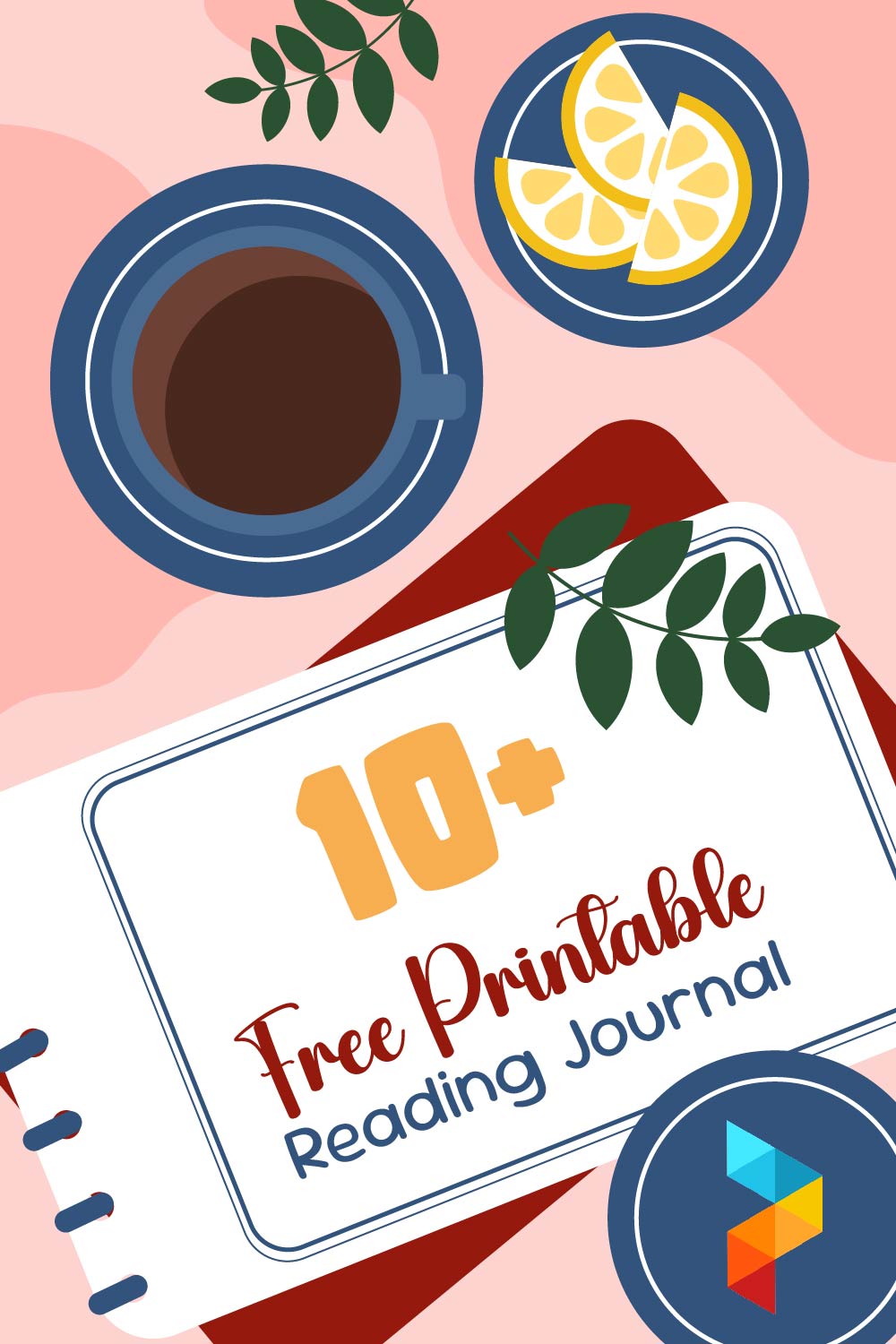
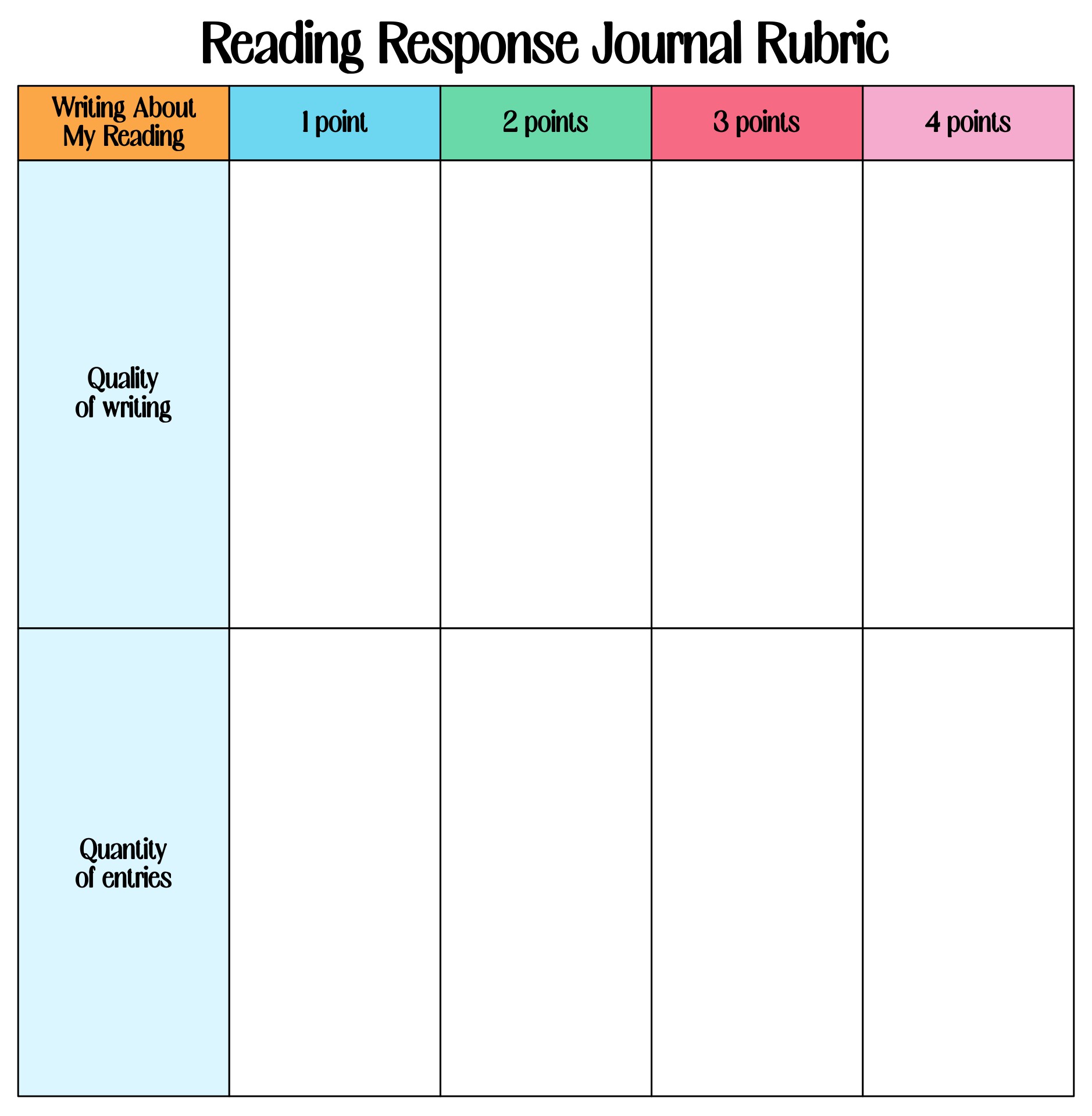
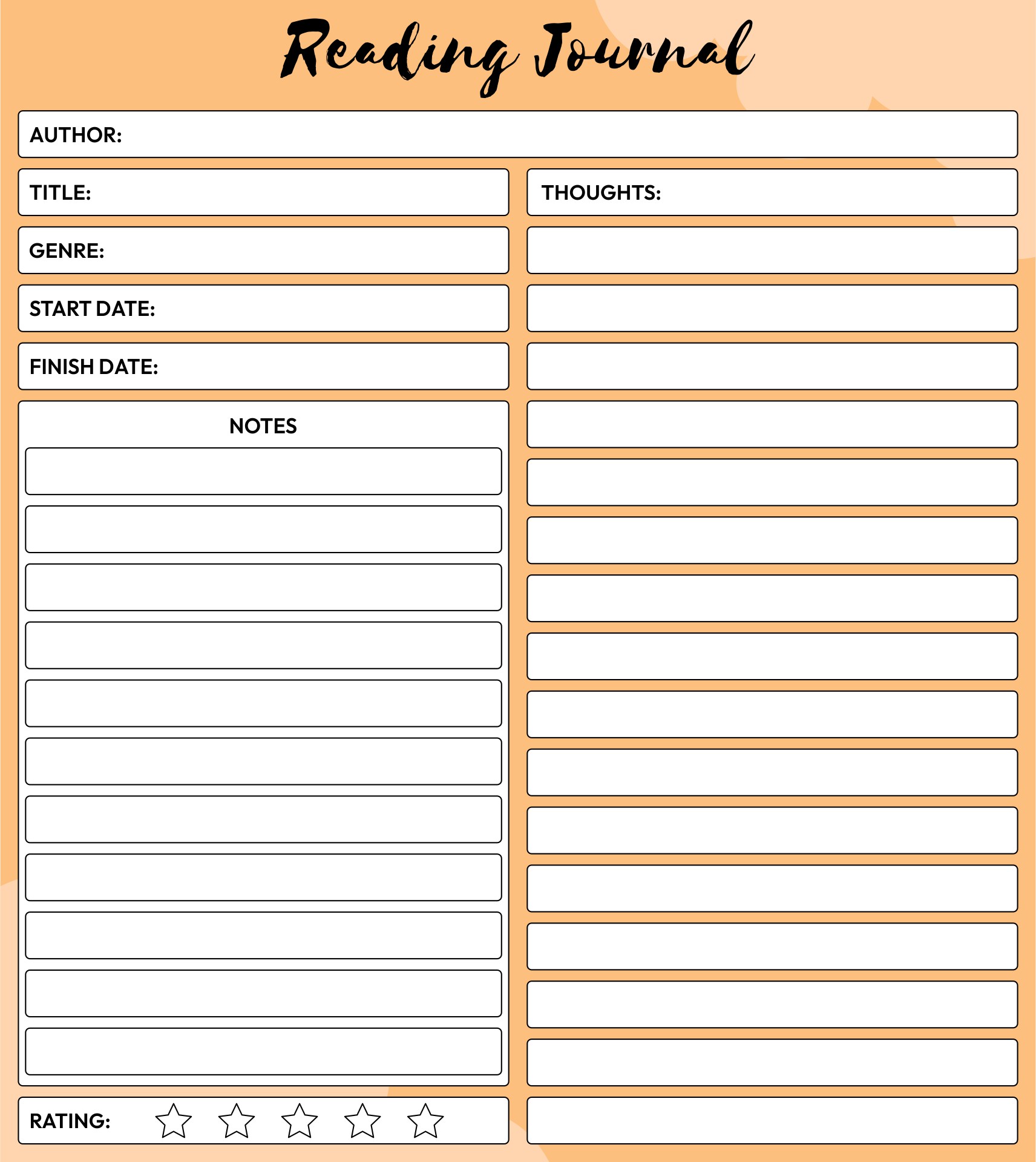
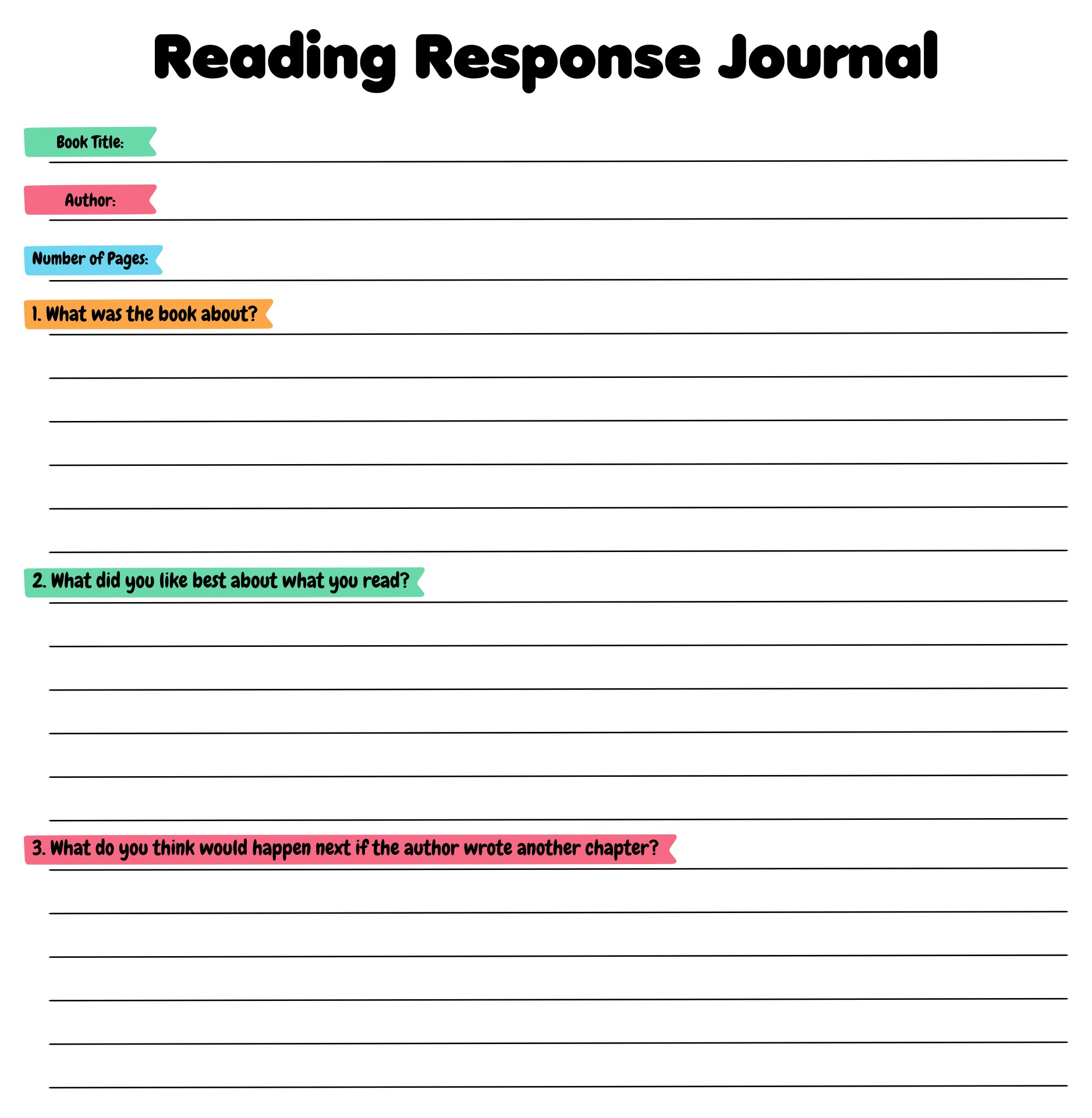
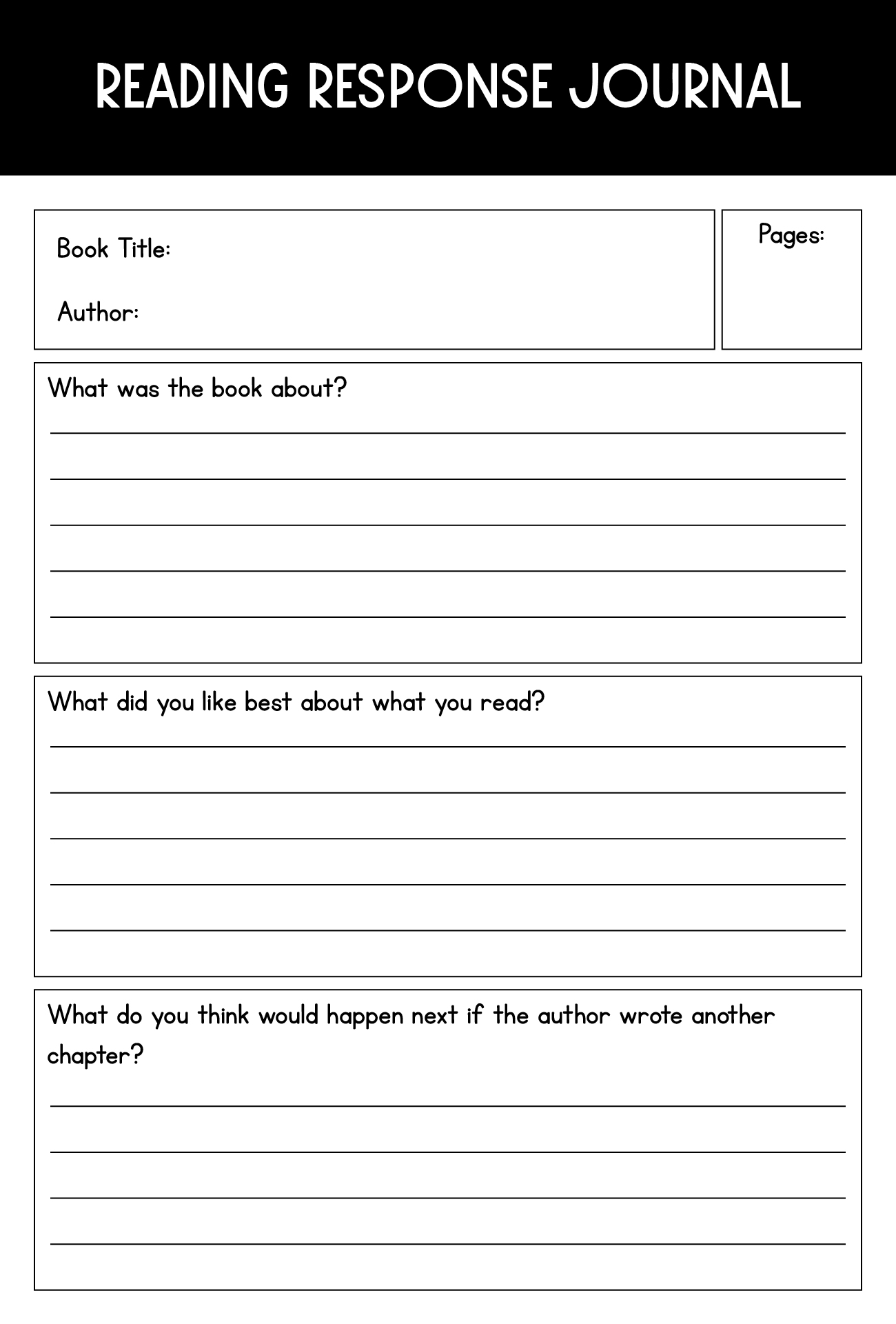
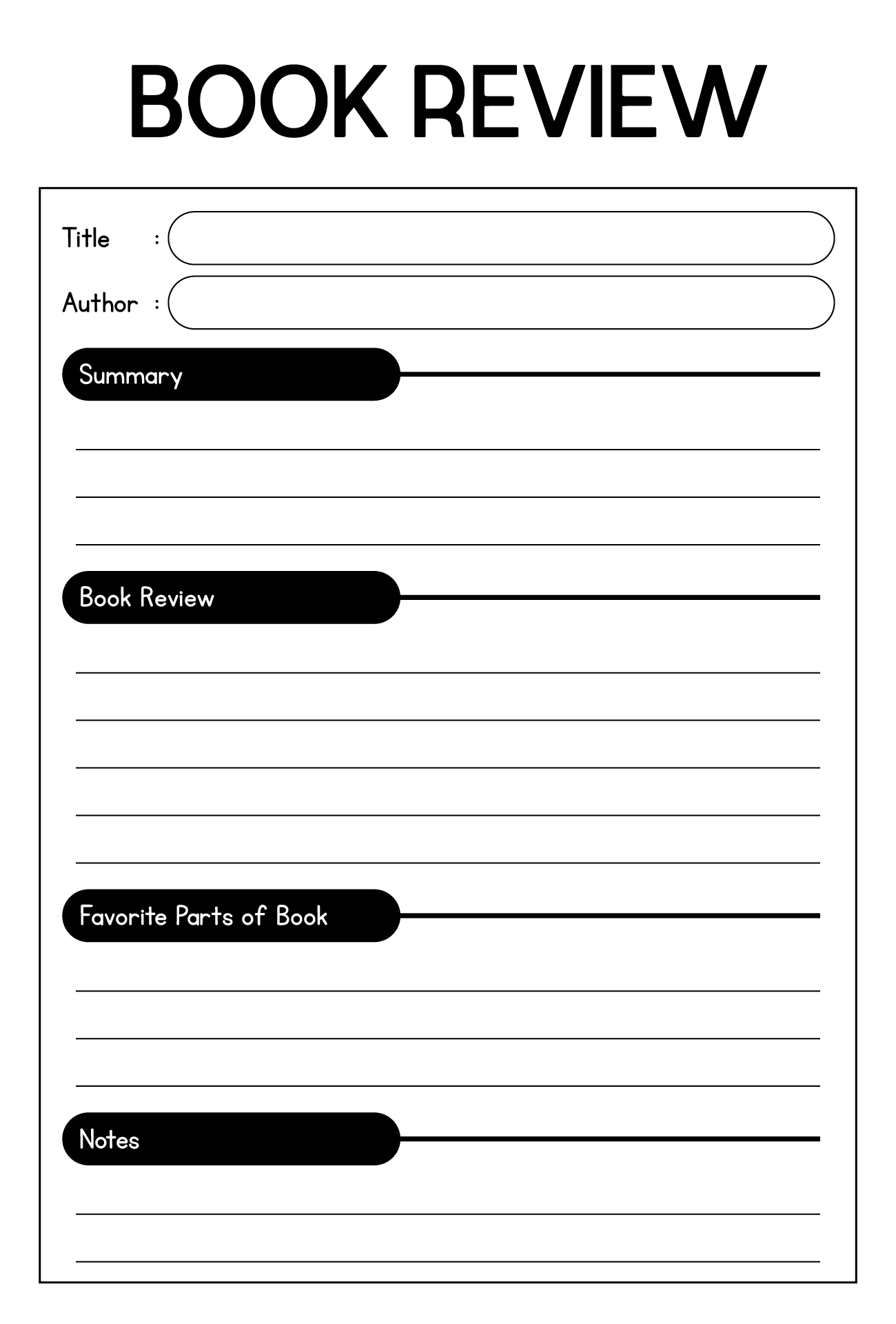
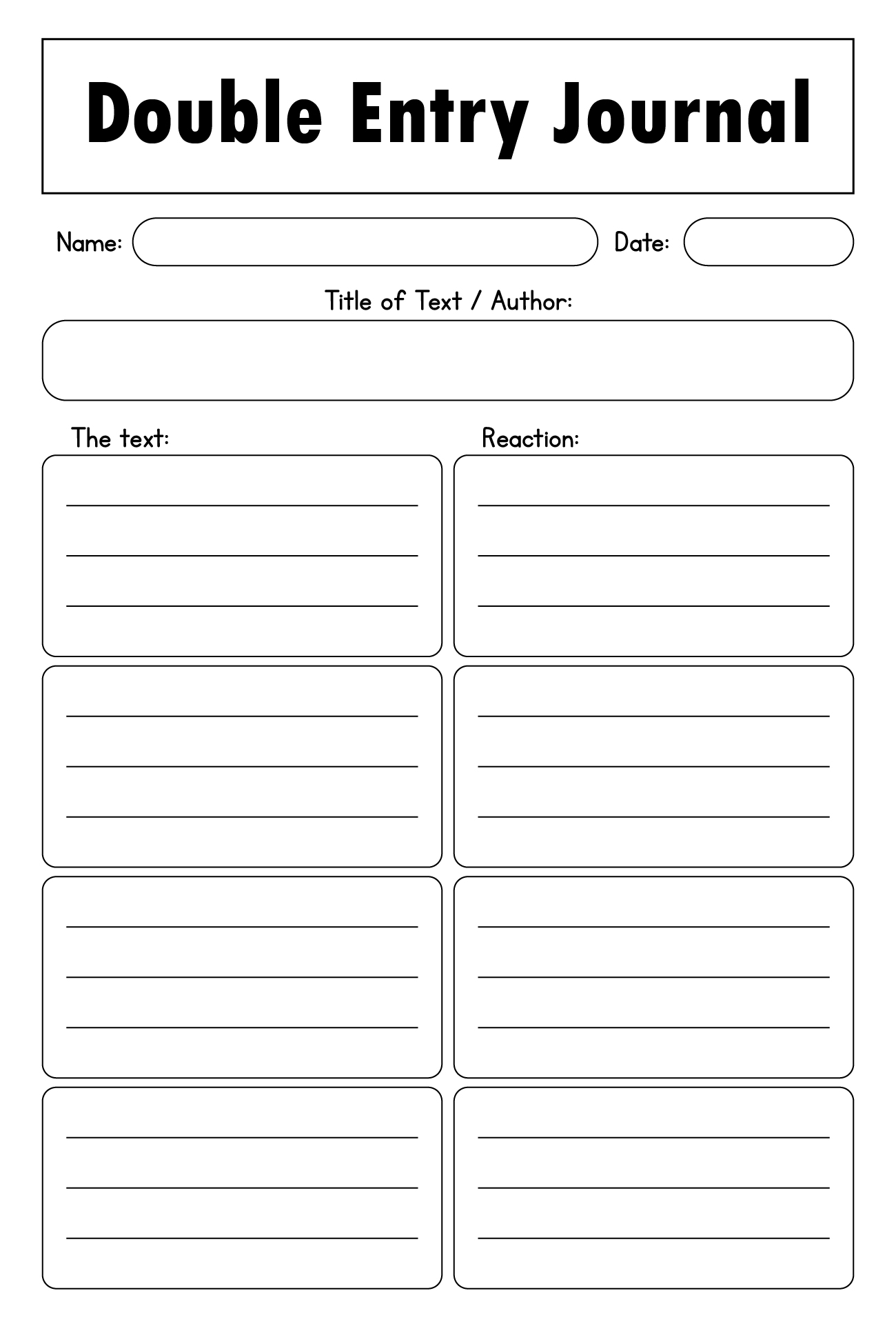
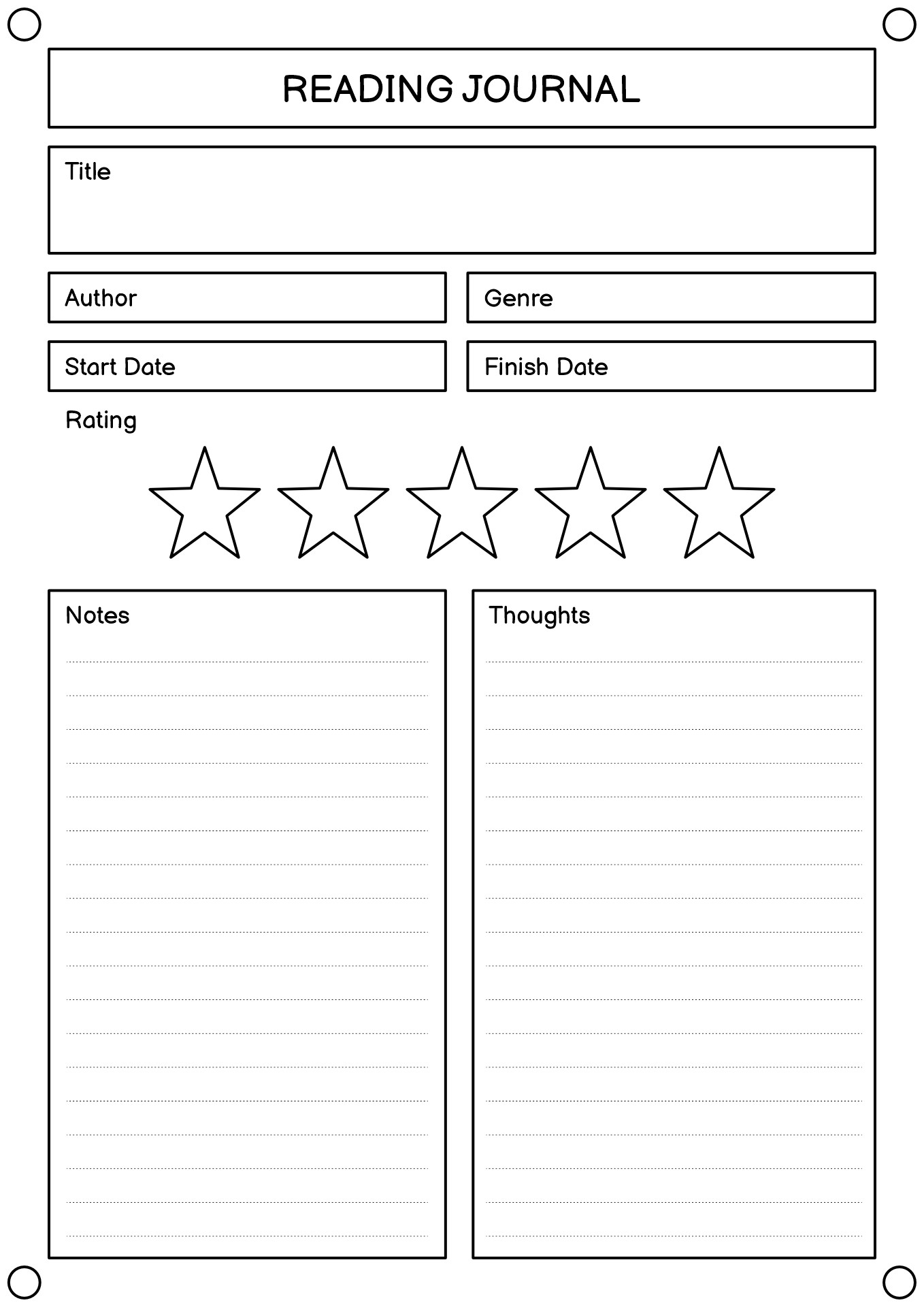

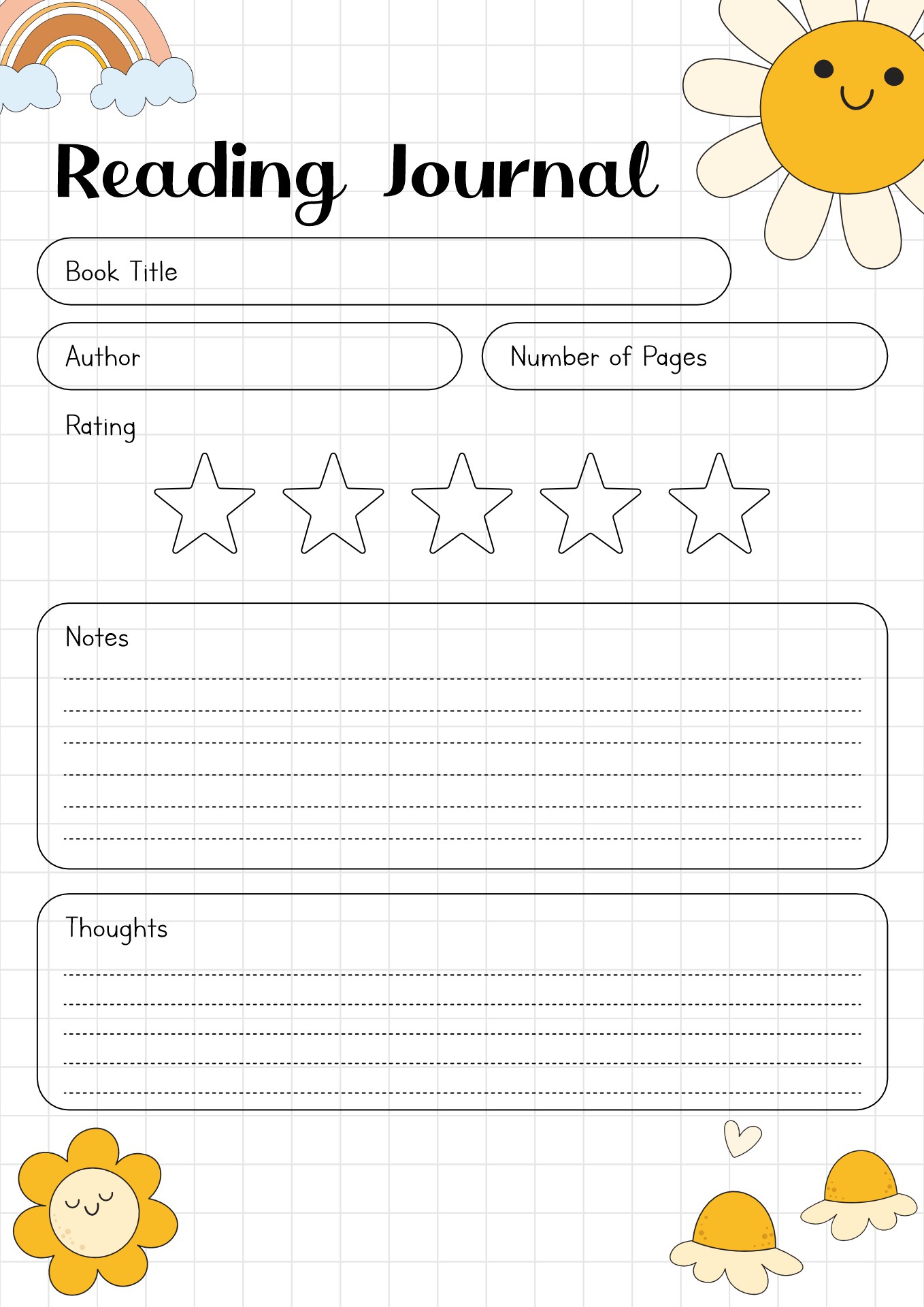
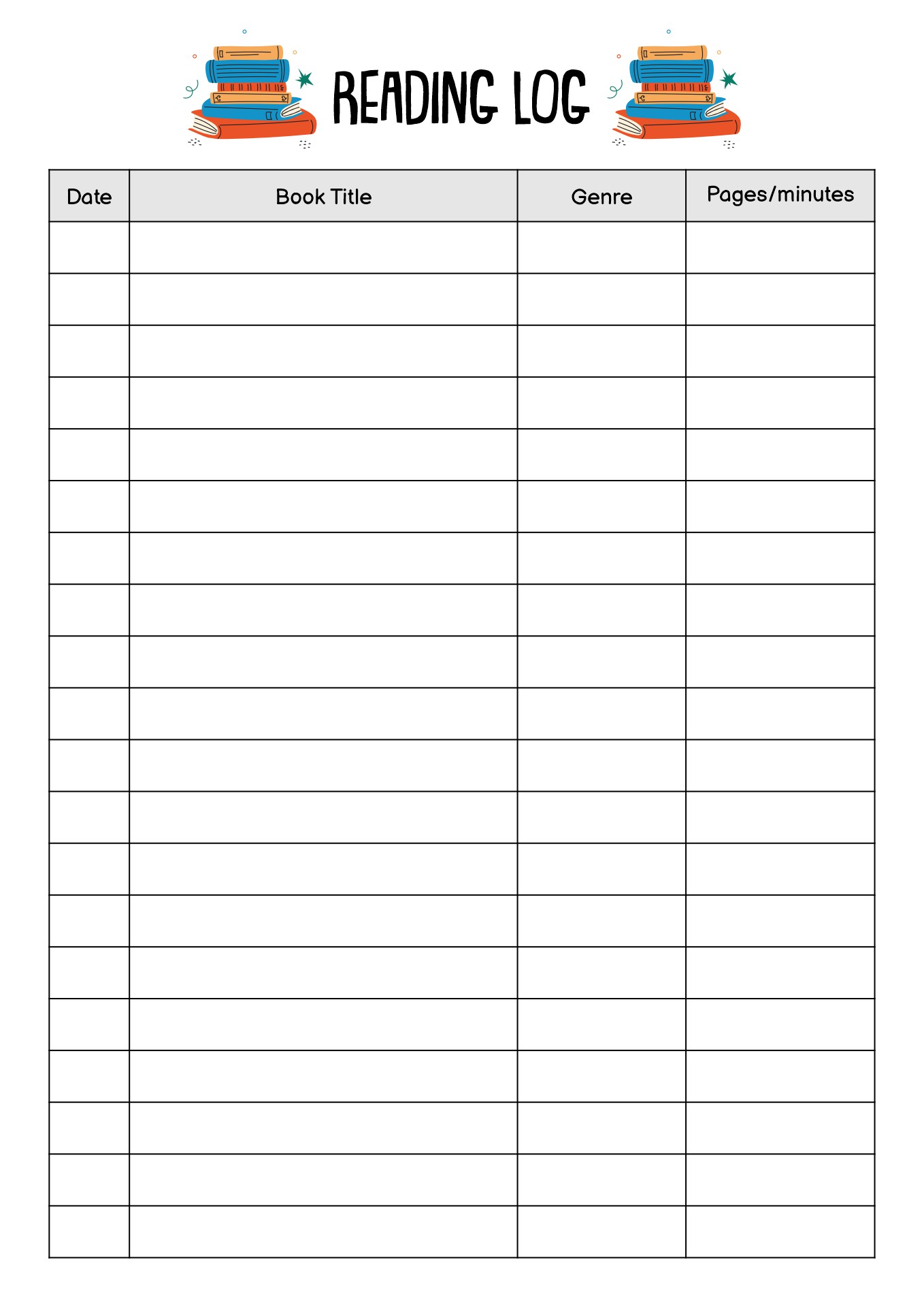
Have something to tell us?
Recent Comments